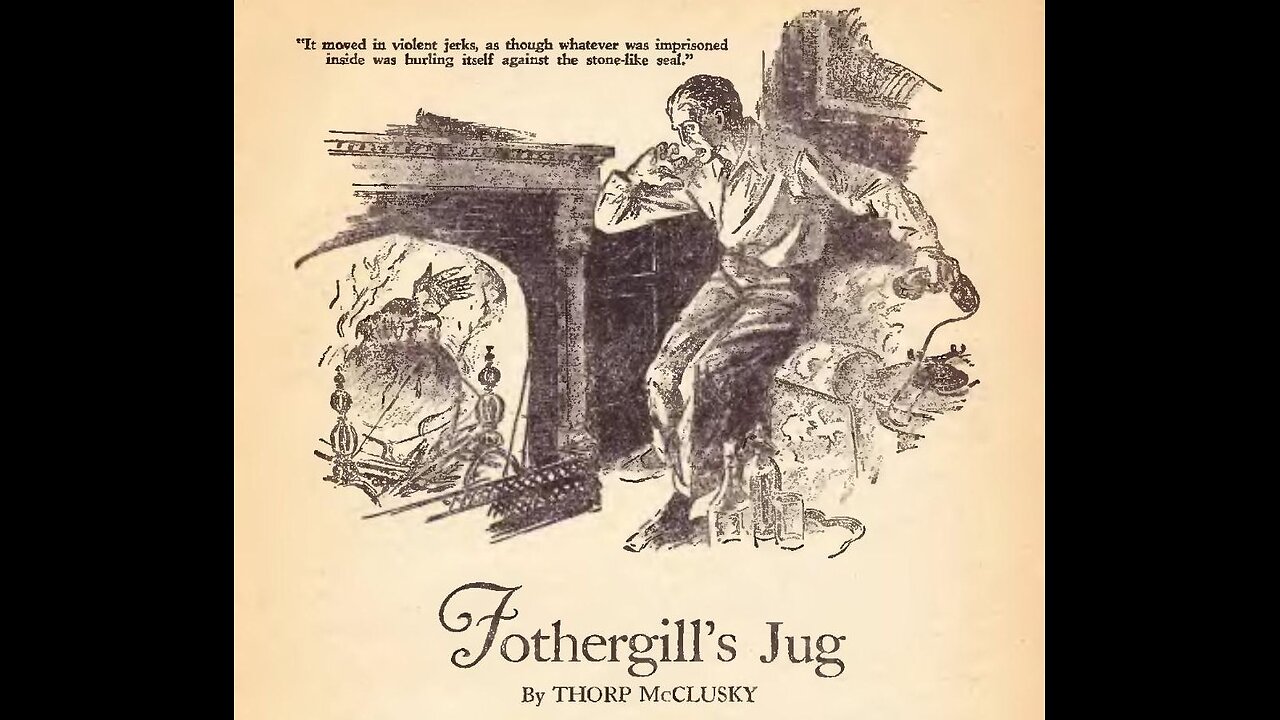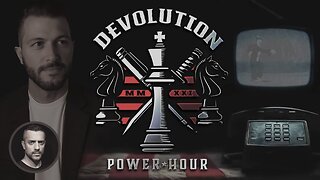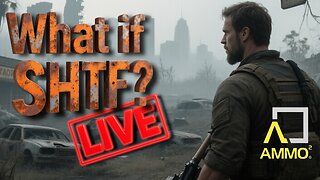Premium Only Content

"Fothergill's Jug" by Thorp McClusky
A fascinating story about a strange jug that was dug out of the sands of Mesopotamia, and the weird entity that dwelt within the jug
----
Published in 1938
Winsted, Connecticut: an actual real place, in the northwest of the state.
quoit: Basically the same as the game of horseshoes, but with a ring-shaped object instead of a horseshoe-shaped one, trying to throw it onto an upright peg.
Efrem and Alma Gluck Zimbalist: Efrem Zimbalist in this case is a Russian violinist who moved to the US in maybe 1911 or 1912? Not to be confused with his son Efrem Zimbalist Jr., a notable actor. Alma Gluck, obviously Efrem's wife, but also an opera singer. She retired in 1925 to raise her family in, as the story says, New Hartford, CT! Unlike some authors, McClusky isn't shy about using real places and real people! Of course, he also inserts himself personally (and his wife!) into his stories.
Charles Fort's "Lo!" is a real book that was published in 1931.
18 inches = 46 centimeters
half inch = 1.27 cm
300 feet = 91 meters
excelsior: fine curled wood shavings used especially for packing fragile items
Barney Oldfield: A race car driver at the start of the 20th century. He started with bicycle racing in 1894, but switched to cars in 1902. He was the winner of the inaugural AAA National Championship in 1905, and the first person to drive a car at 60 mph (96 kph) on a circular track. He also held the car speed record for a while at 131.724 mph (212 kph) in 1910. His last big win was in 1915, and he retired in 1918. By 1938 he was an old man. Kind of surprising his name would come up in this story given its publication date.
Ethel Barrymore: American actress of the first half of the 20th century, stage, screen, and radio. It was in 1904, during a performance of Thomas Raceward's "Sunday" at the Hudson Theater in New York City that she uttered her famous, "That's all there is, there isn't any more."
The picture used is the illustration for the story from Weird Tales. There doesn't seem to be any attribution for the work. If you have any idea who might have done it, please leave a comment below!
To follow along: https://archive.org/details/wt_1938_11/page/n39/mode/2up
In the book I'm reading from, there were many places where there was a dash in the text, but just a single dash, which seemed like proper grammatical usage of a dash in the context. Only when you go to the online text from the 1938 printing of the story does it become obvious the way the dashes are done there that they are meant to indicated bleeped-out curses. Missed opportunity then - I'm not going to go back and do anything with it, just have to leave my recording sounding more mild than how it was originally written. Oops...
There are also a couple places where a different word was used in my text versus the online text. Not sure why that is. In some cases I went back to dub in the original 1938 wording, but in two cases I left it. Completely harmless instances, but they really do sound better, at least to the modern ear, as it is in my copy. In one case the word "too" is replaced with "also", and in another "around" replaced with "about" (wandering about my living room).
-
 12:11
12:11
Nikko Ortiz
1 day agoCrashout 6 Rumble
23.1K3 -
 24:39
24:39
GritsGG
14 hours agoINSANE Ranked Game on Warzone!
2.42K2 -
 LIVE
LIVE
Lofi Girl
2 years agoSynthwave Radio 🌌 - beats to chill/game to
497 watching -
 5:52:00
5:52:00
Akademiks
10 hours agoWAR IN ATLANTA Episode 5. YOUNG THUG FIRST INTERVIEW about SNITCHING, GUNNA... BREAKS DOWN CRYING!
160K8 -
 7:30:25
7:30:25
SpartakusLIVE
13 hours agoVerdansk Duos w/ Nicky || Saturday Spartoons - Variety Later?!
51.7K1 -
 1:38:47
1:38:47
Badlands Media
1 day agoDevolution Power Hour Ep. 387: Trump, Epstein, Durham Mysteries, and North Korea Ops
84.3K25 -
 1:05:23
1:05:23
Man in America
17 hours agoSoaring Gold Exposes the Imminent Crash of the Old System w/ John Perez
43.3K9 -
 2:42:40
2:42:40
TruthStream with Joe and Scott
17 hours agoTHOMAS AND GROK: AI, Bible decodes, The JESUS Cube live 9/6 #487
29.9K10 -
 2:34:46
2:34:46
BlackDiamondGunsandGear
12 hours agoGet Prepped / After Hours Armory / LIVE SHOW /
20.2K1 -
 2:01:39
2:01:39
Tundra Tactical
10 hours ago $8.30 earned🛑LIVE NOW!! This spits in the face of the Second Amendment.🛑
31.2K8